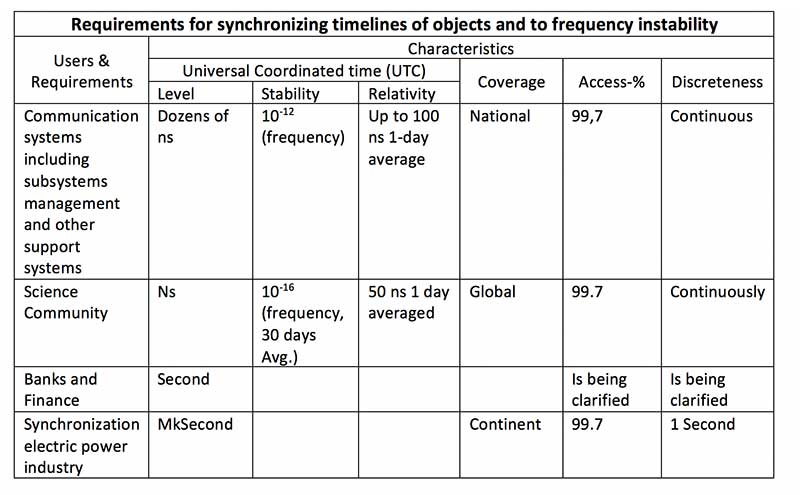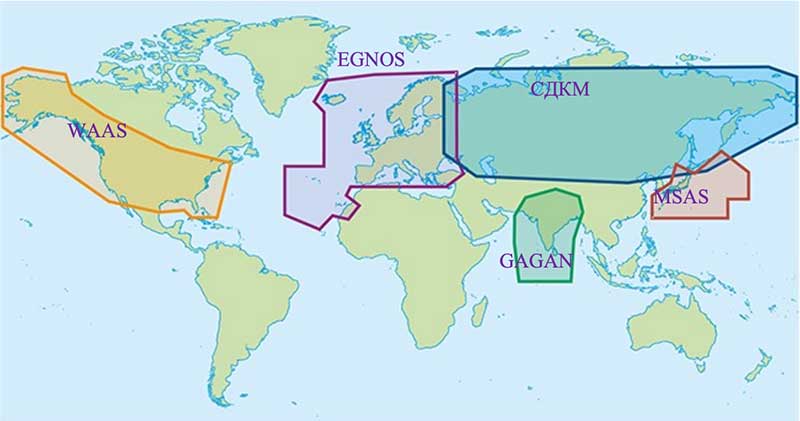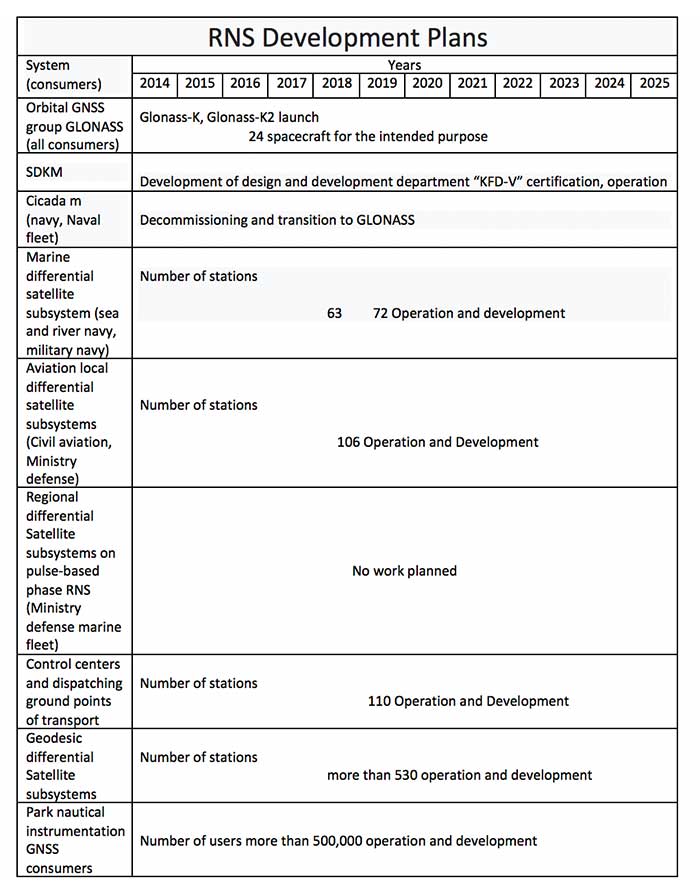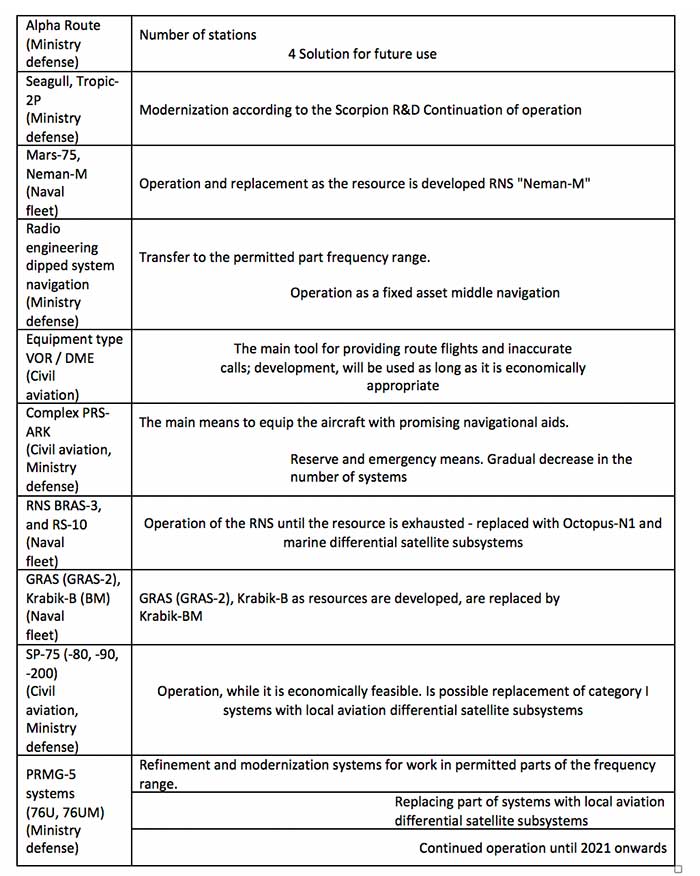Representatives from 11 nations met in Moscow and agreed to a “Radio Navigation Development Plan for Participating Commonwealth of Independent States for 2019 to 2024.” The plan is more than 100 pages. The Russian version is here; a version in English produced by Google Translate can be found here.
The plan documents existing systems, recent accomplishments and user needs, as well as the upgrades and changes required to meet those needs.
The plan highlights Russia’s concern with GNSS signal disruption and seems to confirm a mobile terrestrial PNT capability, likely for military use, that has received little public attention.
Note on Translation and Terminology: The copy of the plan we found was in Russian. We used Google Translate to create an English version. One translation issue that we noticed was several variations of the way the Russian terrestrial Loran PNT system is described. The Russian Loran system is named “Chayka,” literally “Seagull” in English. References in the translated version to “Chaika,” “Loran,” “Laurent,” “Seagull” and “Tropic” are all some version of “Loran.”
User requirements
The plan provides a discussion of user requirements for each mode of transportation and for timing users. The table, translated from Russian to English, is below:

Click to enlarge. (Source: “Radio Navigation Development Plan for Participating Commonwealth of Independent States for 2019 to 2024”)
Currently, the Russian/Commonwealth of Independent States (CIS) domestic PNT covers 14% of the Earth’s land mass, compared to 6.6% for the United States.

Click to enlarge. (Map: “Radio Navigation Development Plan for Participating Commonwealth of Independent States for 2019 to 2024”)
Interference
The plan discusses interference, listing 13 operational electronic systems with emissions that could impact reception. It also lists recommendations to counter interference, including creating a system to monitor GNSS frequencies and identify disruptions, using multiple GLONASS frequencies, and integrating GLONASS, GPS and terrestrial systems within users’ receivers.
Loran and GNSS
Russia’s version of Differential GNSS and Eurofix is done using Loran towers and signals. Advantages of this include covering a large area at a relatively low cost; improved channel uptime and availability; data transmission in urban and mountainous areas; and GLONASS and GPS serving as backups for each other.
The plan also points out that Loran and GNSS are mutually supportive in other ways, saying “GNSS location determinations can be used to calibration of readings RSDN and compensate for errors due to the propagation of radio wave. In turn the data Laurent-C/Seagull can be used to monitor the integrity of satellite RNS.”
Mobile Loran/Scorpio
The document also describes Russia’s “Scorpio” or “Skorpion” as ongoing Ministry of Defense research and development modernization program.
It also describes Scorpio as a mobile form of the Tropic-2P variant of Seagull/Loran.
“In the period until 2020, a planned replacement of mobile long-range radio navigation systems ‘Tropic-2P’ to the information system coordinate-temporal support ‘Scorpio,’” the document stated. “As part of the complex equipment, there are local control and correction stations, which can significantly improve the accuracy of determining coordinates consumers.”
Moving forward
Finally, the document includes a table of 19 different navigation systems maintained by the government and the plan for each.

